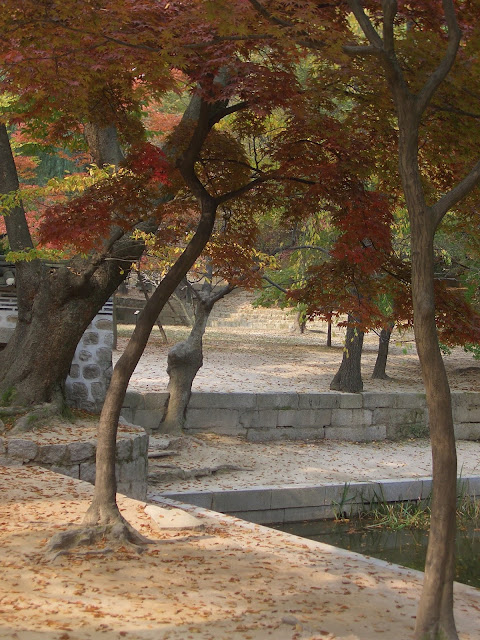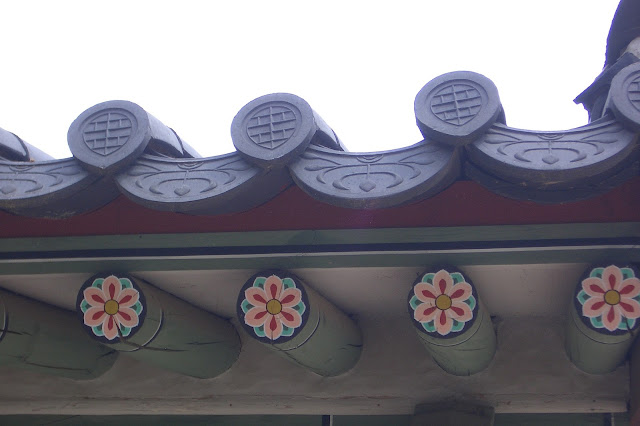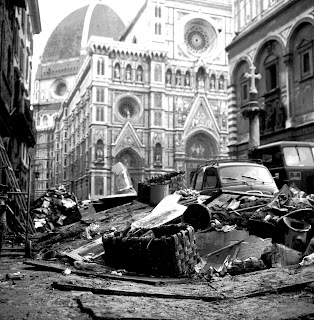







Living in a desert tent during a symposium in India’s Rajasthan may have its charms. Whatever joys such a life holds begin to dissipate, however, after endless nights of freezing temperatures and sand flying everywhere. Then there are the scorpions. We had all been pointedly warned that, before putting on our shoes, we should always check for these creatures.
One of the bright spots of my sojourn among the dunes was the chance to listen to a presentation by Faith Singh. Faith is a fascinating woman and the tale that she had to tell even more so. This silver-haired entrepreneur had, together with her husband, set out to revitalize the dying craft of hand block printing many years ago in the 1970s. Today, they have transformed the craft into a multi-million industry led by the Singhs' own chain of clothing and houseware stores: Anokhi. The word means “remarkable”, a most apt choice as I would soon learn.
Wonderfully, Faith invited me to stay at her family farm- also named Anokhi - in Jaipur. I readily accepted as it would be on the route of my long drive back to Delhi. On my first morning with the Singhs, I wondered around the verdant grounds and was most amazed to be greeted by the sight of peacocks. Wherever one looked, one’s gaze fell on objects composed to be savored like a Mughal painting. The pleasures of the household table were just as convivial. There were succulent salads, grains, warm breads, and fragrant fresh yoghurt. I could see why this place could be a source of great motivation.
Interestingly, the history of the farm’s namesake company was less serene, full of ups and downs. It all began decades ago, when an idealistic young British woman named Faith Hardy married John Singh, a Rajput, a member of the ruling elite of the state of Rajasthan. Casting around for something to do, the young couple’s attention fell on the traditional printed textiles of the area.
For centuries, local artisans had been producing colorful fabrics that were hand stamped with exquisite designs. The basic elements that go into the craft are actually very simple as an article in the Hindu Businessline explains:
“A few blocks of teak wood,…some dyes and a long piece of cloth are all that one needs. The first step is to carve the design into the block…Then the fabric is stretched on a table…The required amount of dye is poured into a tray with a metal grid with layers of fabric across it…The fabric on the grid acts like an inkpad. The printer presses the block against the inkpad making sure that just the right amount of dye is picked up. The block is then placed carefully on the fabric and struck with the heel of the printer's palm. This process is repeated until the entire piece of cloth is covered. “
Back in the 1970s, the craft was very much in the control of middle men who kept prices low. It was difficult for the actual producers to earn their keep. Moreover, demand was dwindling as the traditional cloths were seen as old-fashioned and undesirable.
The Singhs’ big break came when apparel they had designed using hand-blocked fabrics appeared in the pages of Vogue. After this coup, they were able to make their first sale to a newly opened London company called Monsoon. Indian inspired attire as worn by by celebrities and royalty became the rage.
The benevolent 70s would give way to the materialistic 80s. Fashion came to be all about designer labels. No one wanted to wear anything reminiscent of Third World countries.
The Singhs remained unfazed. They retooled their production to cater to an export demand for household items. Soon business was flourishing again. But this positive state of affairs would not last forever. With the 90s came global economic meltdowns. Exports to Europe and America dropped. Fortunately, the decision had been made by then to explore local markets. The first stores carrying the name Anokhi opened as early as the 1980s in Jaipur, Mumbai, and Delhi. When the tourism industry - along with the rest of the Indian economy -boomed, the company was ready to ride the wave of renewed interest traditional fabric items.
At present, Anokhi has 14 stores all over India which have become musts for visitors. My favorite branch is in Delhi’s N Block Market. The interiors are spare and sleek- all stone and polished woods. Merchandise is arranged in color families. Instead of the clutter that one associates with trinkets bazaars, the atmosphere here is meditative. This is craft as philosophy. Among the purchases which make excellent gifts are little notebooks covered with hand-block cloth. My friends also love the blouses which are cut long and therefore more forgiving when it comes to the hips.
What are the elements of the company’s success?
One can see that business development did not unfold in an orderly manner. There were triumphs, but there were also set-backs. For fashion can be fickle. Popularity carries the seeds of one’s downfall as the public tires of lines that have become ubiquitous. The key is being able to reinvent products and processes as the situation dictates.
To ensure that it is able to give customers what they need, the company works with a nucleus of designers and fashion professionals. The nucleus focuses on marketing and innovation. On the production side, the company provides raw materials like cloth and dyes. The Singhs make it a point to allow the craftspeople that produce their items to work at home. This eliminates expensive commutes.
What I found most interesting though is the fact that Anokhi is deeply rooted in the context from which it arose. Such a grounding is definitely productive. Jaipur is a vibrant city famous for glorious monuments and marvelous traditions. Which is why I was extremely pleased that my hosts arranged for me a personal walking tour of this splendid community. Our route skipped the palaces and other well-known tourist destinations. Instead, we explored the back alleys where the artisans worked.
I was taken to see metalworkers producing water jugs as well as cobblers and painters. I got caught up in the swirl of a procession that had suddenly sprung up around us. But I also entered quiet temples with intricate wall designs and visited an old man who was a follower of Gandhi. At one point we even paused just to take in a wide green lawn in the middle of the densely packed buildings.
Anokhi’s commitment to the beautiful city of its birth is manifested in the company’s involvement with the Jaipur Virasat Foundation where Faith Singh is very active. The Foundation seeks to conserve the delicate interweaving of ancient structures and time-honored life styles which is what gives this corner of the world its unique blend of identities. The flagship activity is the Jaipur International Heritage Festival. As Faith had explained in her presentation, this annual celebration’s biggest draws are the traditional performances which are enhanced by their sumptuous settings – the gorgeous palaces and temples of the fabled Pink City.
It makes complete sense then that a million dollar clothing company would be concerned with local heritage. For, ultimately, Anokhi’s product isn’t just hand-blocked cloth. It is really the magnificence of Jaipur itself. It is the impressions left by rose-colored pavilions but also the nuances of cobblers and painters toiling in their shops. It is the inflections of old men who will tell you what it meant to listen to the voice of Gandhi.
In homage to its community and to the craft that has sustained it, Anokhi opened a museum in Jaipur dedicated to its beloved stamped fabric. I was fortunate to be present during its inauguration. Housed in a centuries old mansion or haveli, are exhibits on the printing process as well as displays of Anokhi products from different decades. Stepping into the cool interiors and glimpsing the huge cloth-covered lanterns hanging in the atrium, I fell to thinking: could we ever duplicate this in the Philippines? Could there ever be a chain of popular clothes stores inspired by, say, Vigan?
When I came out into the courtyard, Faith offered me a cookie. Before biting into it, I spied something that made me laugh. Every one of the tasty treats was decorated with the print of a tiny hand. So, it was really quite simple. We just have to get our hands busy and shops, museums, festivals, yes, anything was within our grasp.
The writer would like to thank Faith Singh and her family as well as the support staff of Anokhi for their assistance.
































































